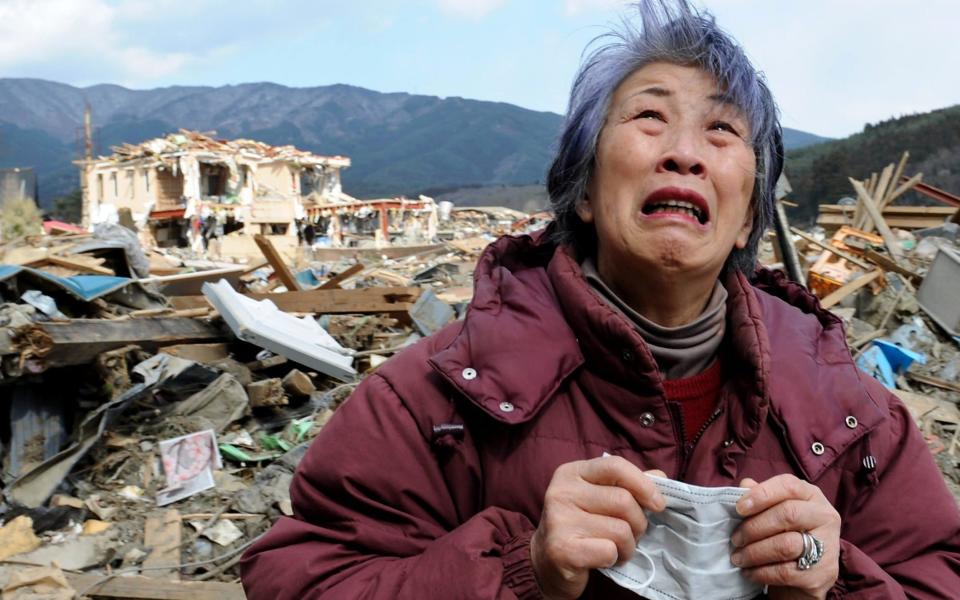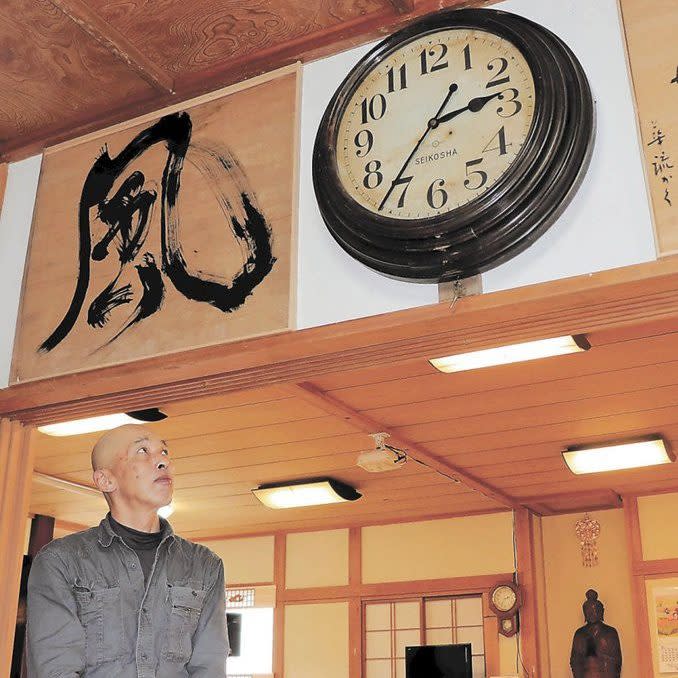'It's a sign': Buddhist temple clock that stopped during Fukushima earthquake restarts after a decade

An 100-year-old clock that stopped working after the devastating earthquake and tsunami that hit Japan in 2011 has been rattled back to life by a recent quake.
Bunshun Sakano, the head priest of Fumonji Temple, in the Miyagi Prefecture town of Yamamoto, said he has been “inspired” by the clock suddenly restarting.
“It’s like a sign of encouragement that real restoration of the area is coming,” he told the Mainichi newspaper,.
He said it had hardened his resolve to do more for local people still suffering the after-effects of what is known as the Great East Japan Earthquake.
Mr Sakano purchased the clock in an antique shop in nearby Fukushima Prefecture a few years before the magnitude 9 tremor, the worst natural disaster in Japan’s history.

Made by Seikosha, the predecessor of watch manufacturer Seiko, the large timepiece hung in a prominent place on a wall in the temple.
But the temple, which is just a few hundred yards from the coast, was badly damaged by the March 2011 earthquake and tsunami.
Flood waters rose above head height and left only the building's pillars and roof intact. Torn from the wall, the clock was eventually found floating along with other debris and was no longer working.
The temple was eventually rebuilt and has since become a focal point of the community once again, but the stopped clock was considered beyond repair.

Given it was one of the temple’s few surviving original fixtures, however, Mr Sakano hung it back on a wall anyway, a monument of sorts to the devastating disaster.
It wasn't until after another earthquake - a delayed aftershock of the 2011 disaster - struck northeast Japan on February 13 this year that he heard something strange: a ticking sound.
A decade on, the clock had started working again.
A representative of Seiko, the clock's manufacturer, gave Mainichi newspaper a possible technical explanation: "It's possible that the pendulum, which had stopped, started moving again with the shaking of the earthquake, or that dust that had built up inside came loose."
But for Mr Sakano, there was something deeper at play. He has chosen to see it as a sign that he needs to help local residents to rebuild their lives, and “move forward with new determination” from those awful events of 2011.

